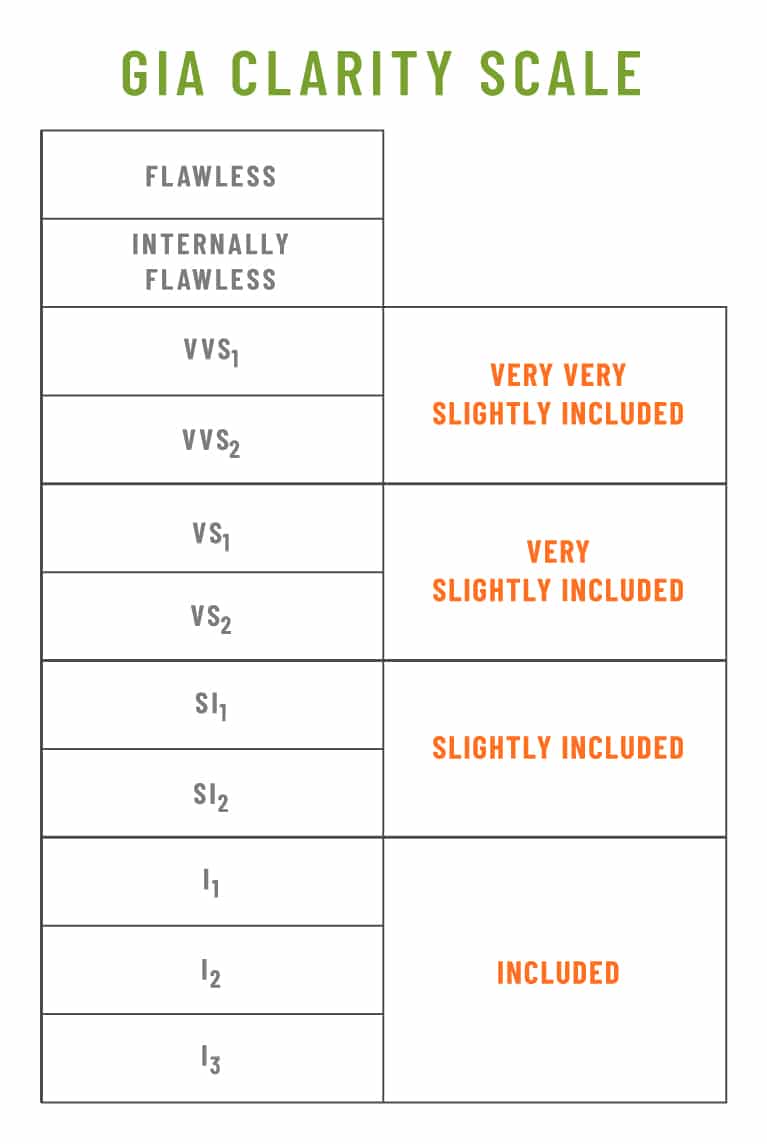- Rolex
- David Yurman
- Tudor
- Engagement Rings
-
Shop By Style
Shop By Metal
-
- Wedding Rings
-
Shop By Occasion
Shop By Metal
-
- Diamonds
-

Brinker's Jewelers Partners with Diamonds de Canada
Brinker’s Jewelers executives and management team had the opportunity of a lifetime to travel to the NWT of Canada, where they had unprecedented access and an in-depth look at some of Canada’s diamond mines and mining operations.
Did you know
Every single one of our diamonds are personally hand-selected by a member of the Brinker family.
-
- Fashion Jewelry
-
- Watches
-
Shop By Gender
Movement
Specialty
Accessories
-
- Accessories
- Services
-
Financing options include 0% interest for 12 months through Wells Fargo Financing with periodical offering of 18, 24 and 36 months interest free financing throughout the year*.
*Financing is not available on Rolex purchases.
- All major credit cards, cash, check are accepted
- Interest-free layaway for any jewelry purchase is available
- Buy now, pay later available in store and online
- Free shipping on all continental US ground orders
- Rolex authorized service center
-
- Gift Guide
- Tell Us Your Story
- Blog
- About Us
- Meet The Team
- Contact Us
- Directions to Store
- 812.476.0651
Classy Cactus Diamond Succulent Bar Pop Up at 111 South – May 18th, 2-4 pm! Register for your spot today!






















